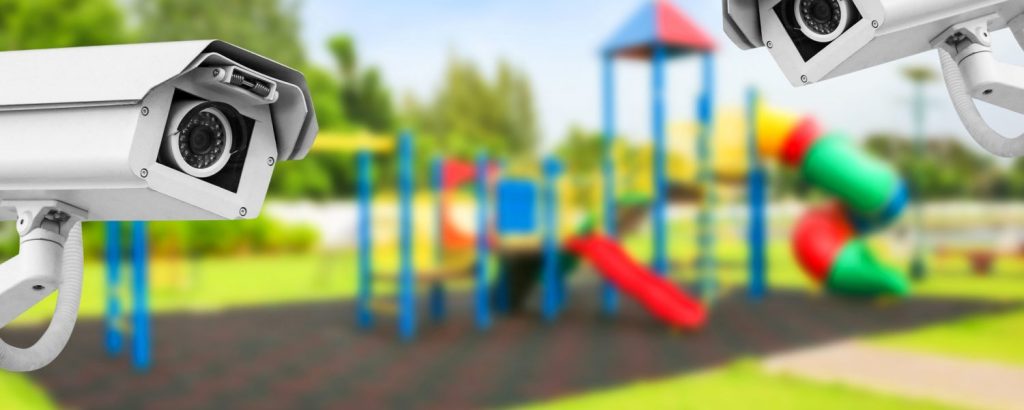Video Surveillance in sectional title schemes

By Graham Paddock
Video surveillance equipment is being installed in more and more sectional title schemes, not just at access points but also on the common property within the schemes. These systems have to be authorised and operated under the Sectional Titles Schemes Management Act of 2011 (STSMA), which deals with scheme management and administration, read with the Protection of Personal Information Act of 2013 (POPIA), which exists to protect people against abuse of their personal information.
Personal information is not limited to a body corporate’s written records, it also extends to its video records of the movement of people in and about the scheme. This means that trustees have a legal obligation to protect owners, tenants and other residents’ personal information that is captured on video.
While the installation of a CCTV system and other forms of video surveillance does not violate POPIA, video cameras and audio recording systems are inherently intrusive.
Before purchasing and installing video equipment, a body corporate should be in a position to justify using the surveillance on the basis of verifiable, specific concerns about residents’ personal safety, and the protection of personal or common property or breaches of the scheme rules that it has not been able to address with other measures.
In such circumstances, it is not necessary to obtain the consent of owners and other residents. The purchase and installation of a video surveillance system, and the way in which it will be financed, can be authorised as a ‘reasonably necessary improvement to the common property’ under prescribed management rule 29(1)—which may, but will not necessarily, require a special resolution of owners.
Video surveillance cameras must be located and positioned so as to capture breaches of security and breaches of the body corporate rules. Surveillance of scheme access points and parking areas will normally be justifiable, but before a camera is placed in other areas the trustees must be reasonably sure that people using that area have no reasonable expectation of privacy.
When a surveillance system is installed, the body corporate should develop a comprehensive written privacy policy, preferably in terms of an amendment to prescribed management rule 27, which already includes a provision giving members and bondholders access to other non-financial body corporate records. The policy should:
- confirm the purposes of the surveillance, e.g. for security reasons and/or rule enforcement;
- identify the persons who are automatically authorised to view the surveillance footage, and in what circumstances, e.g. trustees and managing agency portfolio manager when there is reliable evidence that there has been an apparent security breach or rule infraction in the area;
- state the number and location of video cameras;
- state the operation times of the video surveillance system;
- state the length of time video footage is retained and how it is securely stored;
- include the procedures for owners and bondholders to request access to the videotapes and the period in which the requests will be considered and answered;
- detail the costs associated with any owner and bondholder access, and how they must be paid;
- detail the signage and other procedures for notifying owners, tenants, guests and visitors that the video surveillance system is in existence and its usual hours of operation; and
- state how owners and tenants will be notified when the video system is not operating for an extended period.
Click here for a general introduction to the effect of the POPIA on community schemes.


Sorry, the comment form is closed at this time.